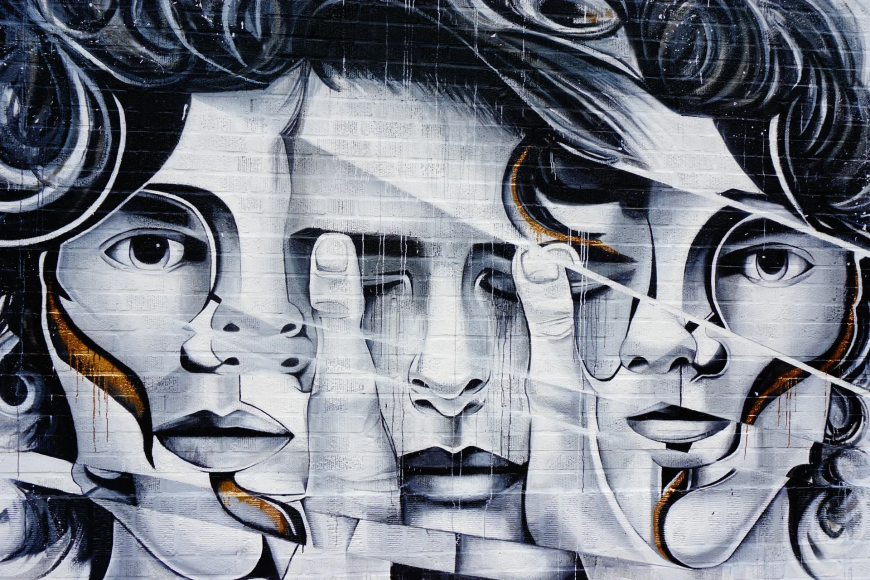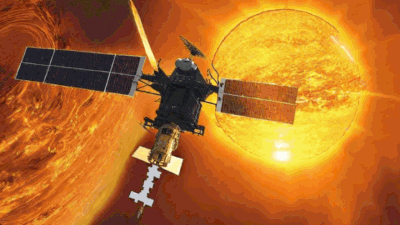How Does Art Affect Culture and Society
Art has been integral to human civilization, reflecting and shaping societal values across history. It preserves cultural identity, challenges social norms, and promotes empathy and critical thinking. Additionally, art stimulates economic growth through creative industries and cultural establishments. In the digital age, it also aids in healing and well-being, fostering community cohesion and resilience. Recognizing art's transformative power is essential for building a more vibrant and inclusive society.

Since the beginning of human civilization, art has played a crucial role in reflecting social values, beliefs, and goals. From prehistoric cave drawings to contemporary digital works, art has always evolved, influencing and being influenced by the communities it exists in. Its diverse impact on society is undeniable, shaping many aspects of human existence, such as politics, education, culture, personal well-being, and many more. Art has a crucial role in shaping and preserving cultural identity. Communities express their unique traditions, stories, and perspectives through visual arts, literature, music, and dance. Sculptures, paintings, and architecture serve as tangible symbols of cultural heritage, connecting present generations with their past. These artifacts play a significant role in preserving cultural identity and serve as a reminder of the community's history.
Art has served as a means for social criticism and action throughout history. It has brought attention to pressing issues and advocated for change. For example, the elaborate patterns of Islamic architecture reflect both religious beliefs and cultural aesthetics. Similarly, traditional folk music commemorates the history and struggles of particular communities. Throughout history, artists have played a pivotal role in defying social norms, raising awareness of injustices, and igniting discussions and reflections through their works. Art has the power to evoke strong emotions and inspire action. For instance, Picasso's masterpiece "Guernica" portrays the atrocities of war, and today's street art tackles issues such as inequality and climate change. Throughout history, governments and political movements have used art to influence and persuade the public. Art has been commissioned to glorify rulers or promote patriotic ideals, and posters have been created to advance certain ideologies. Similarly, artists have often used their skills to express dissent and critique oppressive regimes, even at great personal risk.
Also, Art education provides individuals with the opportunity to explore diverse perspectives and gain a deeper understanding of the world around them while encouraging creativity, critical thinking, and empathy. It enriches lives and enhances overall well-being by promoting social skills, emotional intelligence, and cognitive development. Furthermore, interacting with different artistic mediums enables individuals to empathize and appreciate the experiences and viewpoints of others, thereby fostering empathy. The arts have a significant positive impact on economic growth and innovation through promoting creative enterprises, increasing consumer spending, and boosting tourism. Cultural establishments like theatres, museums, and galleries not only bring in money but also employ people and attract investment. On the other hand, artists and craftspeople contribute to the local economy through their trade. Furthermore, creativity in the arts stimulates innovation in various sectors such as design and technology, leading to progress and enhancing civilization. In the digital era of art, art is a powerful tool that can help individuals and communities with healing and well-being. various art-based techniques, people can express their feelings, receive support for mental health issues, trauma, and stress, and find relief. Additionally, public art initiatives and collaborative art projects can bring communities together, promoting a sense of belonging and strengthening social cohesion and resilience
In conclusion, art is a means of communication that allows individuals from diverse cultures and periods to connect through images, sounds, and narratives. Art plays a crucial on society, shaping cultural identity, spurring social change, and improving people's lives in many ways. It is a crucial force in human society, not only voicing dissent and conserving legacy but also providing therapeutic benefits and making significant economic contributions. Recognizing and appreciating the transformational potential of art is essential for creating a more vibrant, compassionate, and inclusive society as we navigate the complexities of the modern world.
Reference :














































